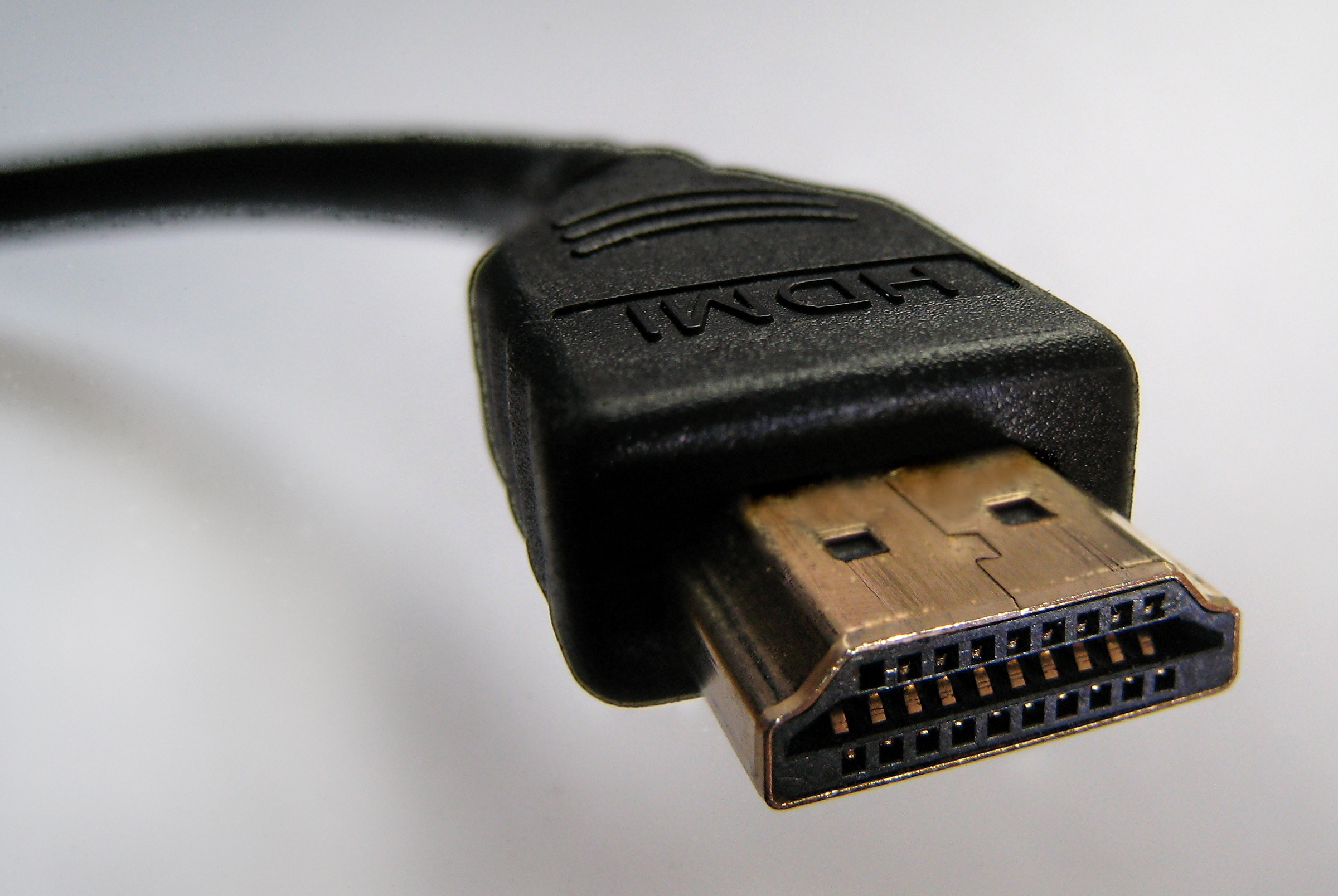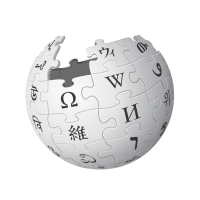Skip to content
Interfaces
 Media Interfaces: HDMI, Aux, Thunderbolt
Media Interfaces: HDMI, Aux, Thunderbolt
HDMI: High Definition Media Interface
HDMI is how Raspberry PI camera devices transmit uncompressed data from the sensor to the main board. It uses the extremely common ANSI/CTA-861 standard, which has a number of iterations since came out in 2003. HDMI supersedes and is backwards compatible with DVI, Digital Video Interface. This is not an open source protocol, and HDMI requires licensing to use. Multiple standards exist: the standard type (A), the dual link type (B), and the mini and micro configurations (C and D). OasisX products use type A connections.
This protocol is also used to transmit data between many consumer devices, and enables the CEC, or Consumer Electronics Protocol. The CEC allows one user to control up to 15 connected devices using one controller. A common example is controlling a TV, a sound system, and a disk player using one remote control system. HDMI also replaced the R-G-B color format with Y’-CB-CR. Y’-CB-CR is a method used to describe visualized colors based on color space. Y’, Y prime, represents luma, the brightness of an image. CB and CR are blue-different and red-difference color components. These signals have much more fidelity and less redundancy than prior RGB methods.
HDMI continues to be a widespread, popular protocol in consumer electronics across the globe, and will likely remain popular for the forseeable future. It is highly compatible with multiple standards and easily employed in many applications. HDMI’s longevity-over 21 years -has cemented it in consumer electronics, and it is second after USB in common wired data transmission.
Thunderbolt: Media Over USB
Thunderbolt is another of the transmission protocols underpinning most daily consumer electronics that connect hardware to a computer. It debuted in 2011 with Apple’s MacBook Pro, replacing the august FireWire protocol, but did not truly enter the mainstream until iteration 3.0 aligned with USB standards. Since then, there have been two more iterations of Thunderbolt, with the most current standard-5.0- aligned to USB4 2.0 specifications. Thunderbolt 5.0 was released in 2024.
Thunderbolt 3.0 marked the start of popular adoption; since it matched the form factor of USB-C and was able to deliver power, it became broadly applicable to multiple other peripherals and was no longer confined to Apple products. The resolution of intellectual property issues and the opening of a broader standard allowed for broader employment, especially after Intel opened up the protocol in 2020. Intel currently retains control over the certification process for Thunderbolt devices, however.
Today, Thunderbolt has arrived as the backbone of combined media and power transmission methods. This standard has driven improvements in hardware development, software integration, and format unification across technology manufacturers for their end users. Over a decade of unifying work has constructed the pillars of a combined data and power transmission capability. Pushing roots through various platform’s walled gardens, Thunderbolt became an infrastructure for device connection that that has become ubiquitous the world over.
AUX: The Original Auxiliary Port
An auxiliary port, or AUX, is a standard communication port on a device that allows for the connection of audio signals. This port is typically used for headphones and headsets, microphones, speakers, and other audio devices, including some traditional audio technologies. When you connect these to a primary device, except for certain USB setups, you're usually using an auxiliary port.
On a traditional PC, the first computer port (COM1) is often set up as an audio auxiliary port. This is the initial serial port with a predetermined assignment for serial devices. RS-232 standardization is applicable to various PC audio attachments, many of which are converted to the 3.5mm or "1/8 inch" standard audio jack on much peripheral hardware. Using these audio ports often requires different types of adapters and fittings for backward compatibility as system components evolve from various manufacturers.
To understand how this system worked on traditional PC platforms, consider the general design for system resource configurations on a PC. Designers have designated each port as COM1, COM2, COM3, COM4, etc. Each COM location had an interrupt request (IRQ) address and input/output (I/O). The IRQ address is a signal sent from a device to the CPU indicating an event, like an audio signal starting or stopping.
Auxiliary ports and jacks are crucial for digital music, whether through external speakers or directly from a device. This has made the auxiliary jack extremely useful to smartphone users, where the single auxiliary jack lets you play music through headphones, watching movies or TV shows with high-quality audio directly or participate in conference calls through a headset.
However, in 2016 Apple removed the conventional auxiliary port from newer iPhone models, requiring the purchase of specialized headsets and other equipment. Despite Apple's defense of this move, it was unpopular with many users and remains an example of unexpected interface issues created by a manufacturer. Other companies followed suite, removing the interface across their products.
As many standard auxiliary ports are becoming obsolete, companies are finding ways to make new systems backward-compatible with older devices. Another significant design change is the integration of input devices and peripherals into primary devices, such as the transition from USB-connected webcams to built-in laptop cameras, and the shift from traditional mice to trackpads and touchscreens. The use of auxiliary ports is decreasing as there are fewer peripheral devices to connect them to, and this trend appears set to continue.
References:


HDMI See more
Last edited: Wed, Mar 12, 2025
High-Definition Multimedia Interface (HDMI) is a proprietary audio/video interface for transmitting uncompressed video data and compressed or uncompressed digital audio data from a source device, such as a display controller, to a computer monitor, video projector, digital television, or digital audio device. HDMI is a digital replacement for analog video standards.
HDMI implements the ANSI/CTA-861 standard, which defines video formats and waveforms, transport of compressed and uncompressed LPCM audio, auxiliary data, and implementations of the VESA EDID.: p. III CEA-861 signals carried by HDMI are electrically compatible with the CEA-861 signals used by the Digital Visual Interface (DVI). No signal conversion is necessary, nor is there a loss of video quality when a DVI-to-HDMI adapter is used.: §C The Consumer Electronics Control (CEC) capability allows HDMI devices to control each other when necessary and allows the user to operate multiple devices with one handheld remote control device.: §6.3
Several versions of HDMI have been developed and deployed since the initial release of the technology, occasionally introducing new connectors with smaller form factors, but all versions still use the same basic pinout and are compatible with all connector types and cables. Other than improved audio and video capacity, performance, resolution and color spaces, newer versions have optional advanced features such as 3D, Ethernet data connection, and CEC extensions.
Production of consumer HDMI products started in late 2003. In Europe, either DVI-HDCP or HDMI is included in the HD ready in-store labeling specification for TV sets for HDTV, formulated by EICTA with SES Astra in 2005. HDMI began to appear on consumer HDTVs in 2004 and camcorders and digital still cameras in 2006. As of January 2021, nearly 10 billion HDMI devices have been sold.
en.wikipedia.org
Thunderbolt (interface) See more
Last edited: Sun, Mar 30, 2025
Thunderbolt is the brand name of a hardware interface for the connection of external peripherals to a computer. It was developed by Intel in collaboration with Apple. It was initially marketed under the name Light Peak, and first sold as part of an end-user product on 24 February 2011.
Thunderbolt combines PCI Express (PCIe) and DisplayPort (DP) into two serial signals, and additionally provides DC power via a single cable. Up to six peripherals may be supported by one connector through various topologies. Thunderbolt 1 and 2 use the same connector as Mini DisplayPort (MDP), whereas Thunderbolt 3, 4, and 5 use the USB-C connector, and support USB devices.
en.wikipedia.org


Phone connector (audio) See more
Last edited: Fri, Jan 31, 2025
A phone connector is a family of cylindrically-shaped electrical connectors primarily for analog audio signals. Invented in the late 19th century for telephone switchboards, the phone connector remains in use for interfacing wired audio equipment, such as headphones, speakers, microphones, mixing consoles, and electronic musical instruments (e.g. electric guitars, keyboards, and effects units). A male connector (a plug), is mated into a female connector (a socket), though other terminology is used.
Plugs have 2 to 5 electrical contacts. The tip contact is indented with a groove. The sleeve contact is nearest the (conductive or insulated) handle. Contacts are insulated from each other by a band of non-conductive material. Between the tip and sleeve are 0 to 3 ring contacts. Since phone connectors have many uses, it is common to simply name the connector according to its number of rings:
The sleeve is usually a common ground reference voltage or return current for signals in the tip and any rings. Thus, the number of transmittable signals is less than the number of contacts.
The outside diameter of the sleeve is 6.35 millimetres (1⁄4 inch) for full-sized connectors, 3.5 mm (1⁄8 in) for "mini" connectors, and only 2.5 mm (1⁄10 in) for "sub-mini" connectors. Rings are typically the same diameter as the sleeve.
en.wikipedia.org
Want to print your doc?
This is not the way.
This is not the way.

Try clicking the ⋯ next to your doc name or using a keyboard shortcut (
CtrlP
) instead.